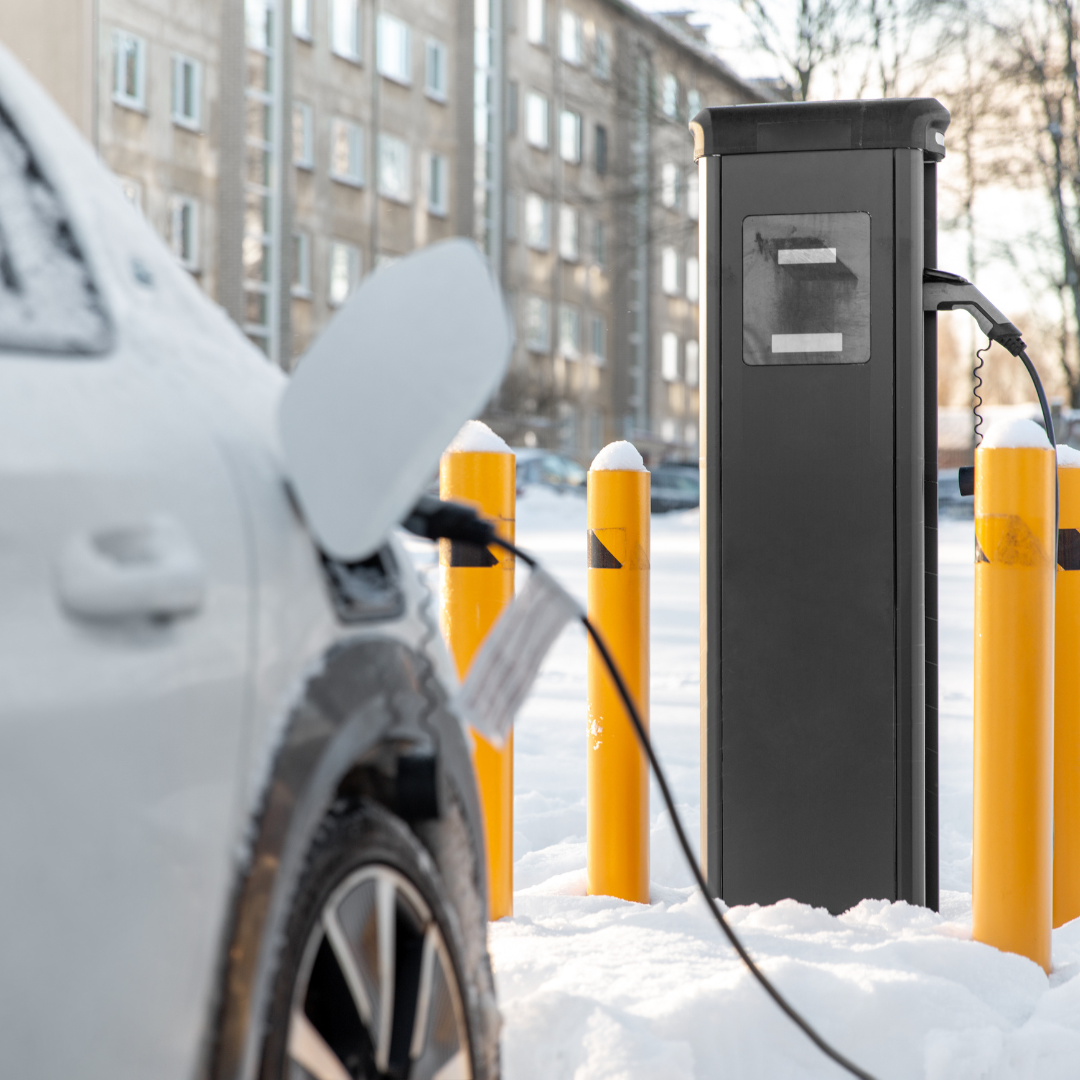As EV owners, we understand the importance of cost-effective charging solutions. While traditional fuel costs fluctuate, electricity offers a more consistent and often more affordable option for powering your electric vehicle. However, factors such as peak hours can escalate prices and hinder charging efficiency, particularly during winter times. Nevertheless, there’s no need to worry any longer, as today we will analyze the charging costs of EVs and explore strategies to mitigate them.
Breaking Down the Cost of EV Charging
As illustrated in our previous blog post “EV Chargers versus Block Heaters“, involves a straightforward formula to determine energy consumption. The formula is as follows: Energy efficiency (Wh/km) multiplied by distance (km) equals energy consumed.
![]()
![]()
For instance, let’s consider a Lucid Air with an efficiency of 168 Wh/km for a trip covering 30 km. Using the formula:
![]()
![]()
![]()
![]()
With this energy consumption value, we can calculate the charging time using the formula energy/power. Assuming a 7 kW charger as the power source:
![]()
![]()
![]()
![]()
Now that you can determine the charging time for your EV, here are some tips to reduce its charging costs.
Charging Times
By employing the previously mentioned formula to calculate your charging times, you not only gain a detailed insight into the exact duration needed for charging but also stand to achieve significant cost savings. This information allows you to make informed decisions about when to initiate the charging process during the day. Opting for non-peak hours becomes a strategic move, ensuring that your charging activities do not coincide with periods of high electricity demand. This dual advantage not only helps you manage your charging expenses more efficiently but also contributes to a more sustainable and cost-effective use of electric vehicle charging infrastructure.
Peak Hours
Throughout the year, we encounter peak hours, with certain seasons, particularly the colder ones, being more energy-intensive. Time-of-use pricing has been implemented in the electricity sector to address unnecessary energy consumption. The advantage that EV chargers bring lies in their pre-programming systems. Rather than charging your car during morning peak hours when prices are higher, you can program it to charge during the night when electricity demand is lower, resulting in lower costs.

According to the Hydro one Time-Of-Use prices here’s what each time bracket would cost you:
Peak hours
![]()
![]()
![]()
Mid-peak hours
![]()
![]()
![]()
Off-peak hours
![]()
![]()
![]()
Conclusion
In conclusion, armed with the knowledge of how to calculate charging times and capitalize on price differences during peak and off-peak hours, EV owners have all the tools they need to slash unnecessary charging costs! By leveraging these insights and pre-programming capabilities, along with tapping into utility incentives, electric vehicle enthusiasts can charge up with confidence, saving money while driving towards a greener future. So, let’s rev up those savings and power on with electric vehicle ownership!


